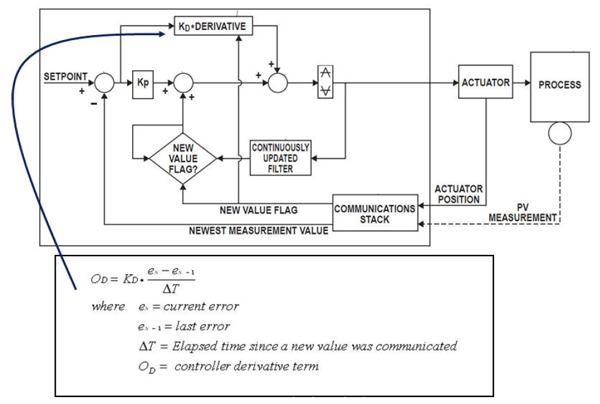As wireless technology continues to be used in process manufacturing facilities, those used in control applications are increasing. At the ISA Automation Week conference, Emerson’s Terry Blevins, Mark Nixon, and Marty Zielinski authored the paper, Using Wireless Measurements in Control Applications. Terry and Marty presented it for Automation Week attendees.
Source: International Society of Automation (ISA) Copyright © 2013. Reprinted by permission. All rights reserved.
They discussed the impact of wireless technology on process control, modifications to PID control to accommodate wireless measurements, performance comparisons with traditional wired measurements, and field installation results.
By design, wireless measurements minimize communications to maximize battery life. As such, they do not transmit measurement values on a periodic basis. The device wakes up at a configured update period, senses the measurement, and communicates it through the IEC 62591 wireless network if the specified trigger value is exceeded.
Traditional PID controllers are designed to oversample measurements by factors of 2-10X. And, to minimize control variation, feedback control is typically executed 4-10X times faster that the process response time. Given these frequencies, traditional PID design assumes new measurements are available each execution cycle and executed on a periodic basis.
With the traditional PID loop expecting period reports from the device, the calculated reset action of the loop may not be appropriate. If the control algorithm were only to be executed when a new measurement is communicated, then control response to setpoint changes could be delayed and feedforward action on measured disturbances.
To address these challenges, changes were required for the PID algorithm. For wireless measurement communications, a PIDPlus algorithm automatically compensates for a setpoint change and measurement update rate—without having to modify tuning as the sample rate changes.
The performance of PIDPlus in a control loop, which includes a wireless measurement device, is comparable to a PID loop with wired inputs. The PIDPlus handles lost communications and recovery after loss of communications.
You can follow Terry’s Modeling and Control blog posts and DeltaV discussions in the DeltaV track of the Emerson Exchange 365 community. There is also a Wireless track for more in depth discussions on device wireless networks.





